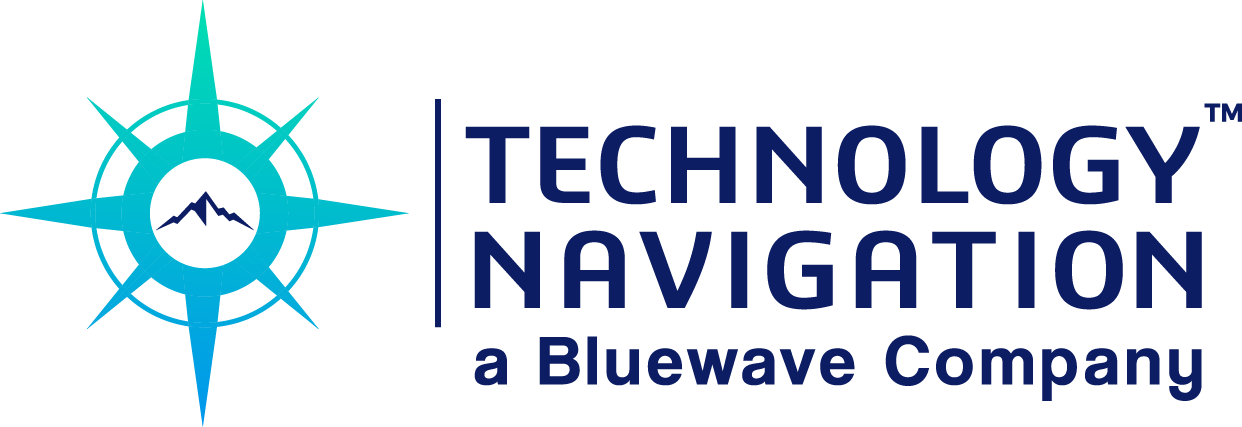

Founder & President
The modern workforce is highly collaborative. However, one of the most significant challenges many organizations face is centralizing their IT infrastructure to keep their employees connected, even if they are working remotely.
Enter Desktop as a Service Infrastructure (DaaS) and Managed Virtual Desktop Interfaces (VDI). Organizations can host desktop environments in a managed, centralized environment and keep employees and critical stakeholders connected. To determine if this is the best solution for you, let us dive into some key features.
The Pros and Cons of DaaS & VDI
Managed VDI and DaaS are cloud-based applications managed by solution providers. Organizations work with the solution providers to create golden images designed for their employee profiles. They don’t have to worry about configuring individual desktops and keeping IT infrastructure updated, scalable, and secure. Because DaaS is a cloud-based solution, it is not limited by space availability, allowing for scalability to meet demands while keeping data in a secure environment.
Organizations can anticipate costs with predictable subscription models and low upfront charges while eliminating maintenance or management efforts and costs.
However, for organizations with specialized and unique configurations, there is the possibility of having some hybrid users to meet the highly specific operating system or hardware requirements. It is important to compare the recurring subscription costs against all aspects of the Managed VDI and DaaS solution (employee/management, security, certifications, audits, hardware, and colocation) in developing the ROI.
Key Takeaways
Like most IT organizations, running an agile environment with fewer resources is required. Using a Managed VDI or DaaS solution future-proofs organizations, lowers IT efforts, and moves the costs to an operating expense. Ready to explore further? Connect with us to discuss these technologies and how they may impact your organization.


